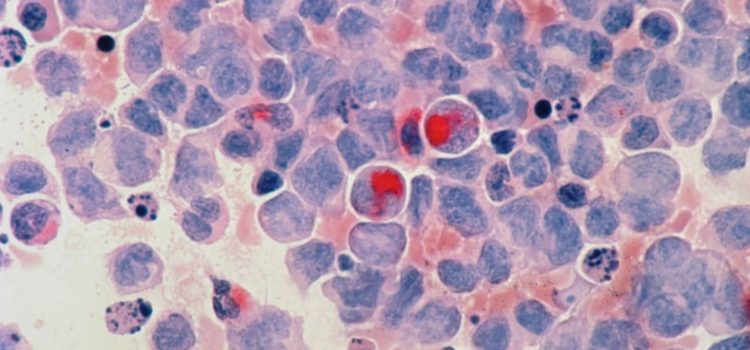

This article is an excerpt from the Shortform book guide to "The Emperor of All Maladies" by Siddhartha Mukherjee. Shortform has the world's best summaries and analyses of books you should be reading.
Like this article? Sign up for a free trial here .
Does surgical tumor removal cure cancer? Can cancer spread again if tumor is removed?
Cancer is difficult (often impossible) to cure with surgery, because if even a single cancerous cell is left behind, it can continue to grow and spread throughout the body. However, surgery can help shrink the tumor if removing it altogether is not possible, making it easier for other treatments to kill the remaining cancer cells.
Keep reading to learn about treating cancer with surgery.
Treating Cancer With Surgery
With the advent of anesthesia and antisepsis in the late 1800s, it became possible to surgically remove cancerous tumors. Though it wasn’t a cure in and of itself, the ability to remove malignant tumors was a major step forward in the fight against cancer.
Using these advancements in anesthesia and antisepsis, surgeons William Halsted and Willy Meyer pioneered the radical mastectomy to treat breast cancer. This procedure involves removing the entire breast, as well as the underlying muscle and lymph nodes—as much tissue as the surgeon can remove without killing the patient.
The radical mastectomy was rooted in Halsted’s own “centrifugal theory” of cancer: Halsted believed that cancer started at a localized point in the body and spread out in widening arcs. By cutting away as much tissue as possible, surgeons hoped to outpace cancer’s spread through the patient. The procedure was effective in the short term, but the majority of patients relapsed within a few years, no matter how much tissue the surgeons removed.
Surgical tumor removal is not guaranteed to cure cancer. Even if just one cancerous cell remains, the cancer can spread again. Furthermore, cancer’s pattern isn’t as predictable as Halsted thought: Cancer cells can enter the bloodstream or the lymphatic system and spread to distant parts of the body without affecting the tissue in between. If cancer has already spread in this fashion, then surgery—which only removes the localized tumor—is futile.
The Benefits of Surgery
Although rarely able to cure cancer on its own, surgery is still a common part of cancer treatment. According to the National Cancer Institute, surgery has three major uses:
Removing a tumor. If the patient’s cancer hasn’t spread, surgery can work as Halsted envisioned: Removing all of the cancerous tissue, and thereby curing the patient.
Shrinking a tumor. If removing the entire tumor would be too dangerous, surgeons can instead remove only part of it, which makes it easier for other treatments like chemotherapy to destroy the rest.
Relieving symptoms. Tumors can cause discomfort and pain, so doctors may choose to remove them just to keep the patient more comfortable.

———End of Preview———
Like what you just read? Read the rest of the world's best book summary and analysis of Siddhartha Mukherjee's "The Emperor of All Maladies" at Shortform .
Here's what you'll find in our full The Emperor of All Maladies summary :
- An overview and rough timeline of the fight against cancer
- A look into the more technical aspects of cancer and cancer treatment
- The social aspects of the fight against cancer






